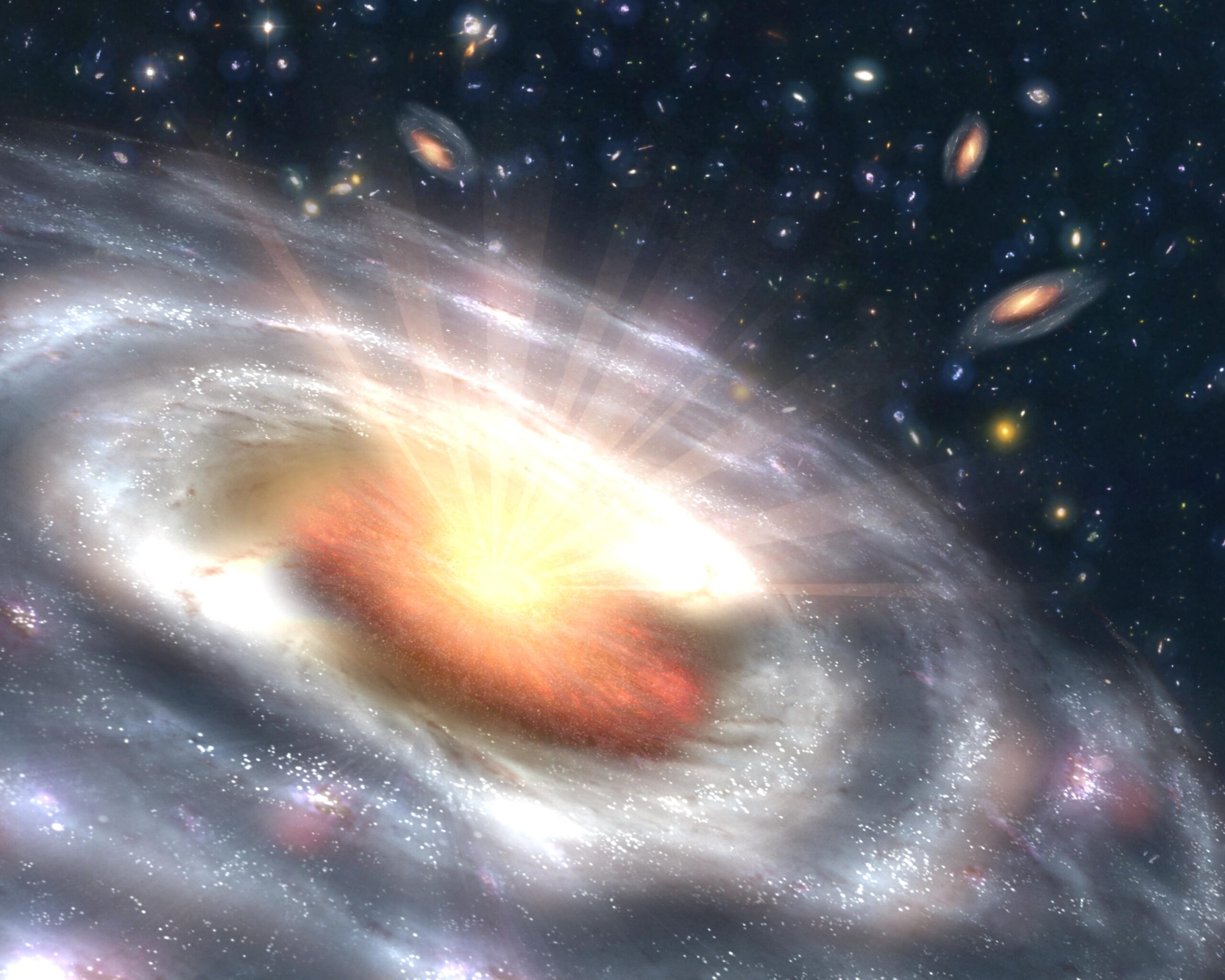Astrophysics Branch
Marshall Space Flight Center's Astrophysics Branch uses space and ground-based observatories to peer back to the earliest epochs of the universe, unravel its mysteries, and study the most violent explosions in our galaxy and beyond. Our goal is to help discover how the universe works, explore how it began and evolved, and search for life on planets around other stars.

NASA (with NOAA and USGS) is leading a tri-agency assessment of Federal agency satellite Earth observation needs submitted through the 2022 SNWG survey. An important early step in the assessment process is meeting with each submitting agency to discuss current …
Satellite Needs Working Group (SNWG) Agency Interviews Begin Read More »
The most recent Chandra press and image release “NASA’s Chandra Finds Galaxy Cluster Collision on a “Whim” was release on 10/13/22. Astronomers taking inventory of the material in the local universe keep coming up short. A new result from NASA’s …
NASA’s Chandra finds Galaxy Cluster Collision on a “WHIM” Read More »
Chandra released an image titled “NASA’s Chandra Adds X-ray Vision to Webb Images” on 10/4/22. X-rays from Chandra have been combined with infrared data from early publicly released James Webb Space Telescope images. These four objects were among the first …
On 10/9/22, Fermi-GBM detected the brightest gamma-ray burst, GRB 221009A since its launch in 2008. Preliminary GBM data analysis shows this burst surpasses the previous record holder, GRB 130427A by an order of magnitude in terms of fluence and at …
FERMI-GBM Detects Brightest Gamma-Ray Burst Since Launch Read More »
An IXPE quick-response target of opportunity was approved and executed to observe the Gamma-Ray Burst GRB 221009A, detected by Fermi-GBM on 10/9/22. As the x-ray brightest afterglow recorded, numerous observatories are studying its properties and evolution. Quick-look analysis of the …
Imaging X-Ray Polarimetry Explorer (IXPE) Target of Opportunity and Presentation Read More »